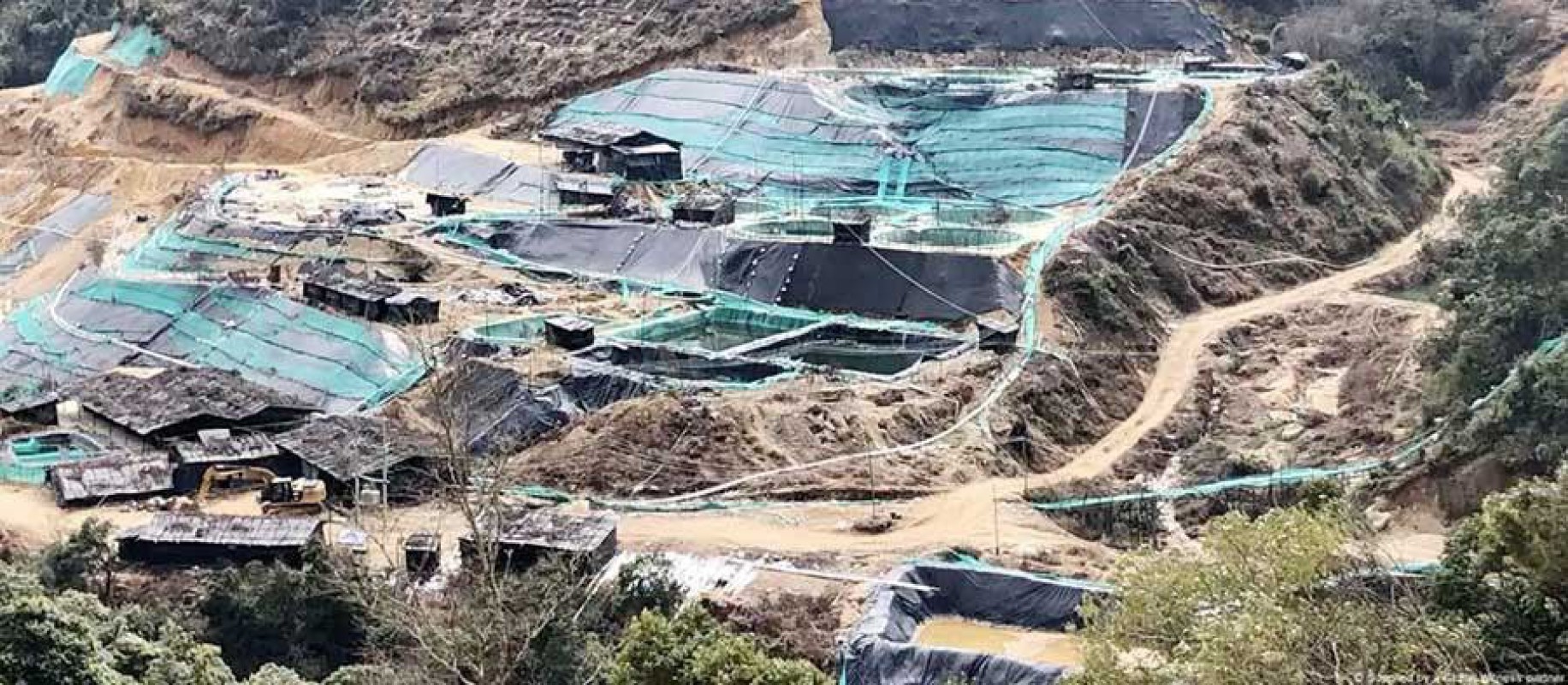Conflict economy: sustaining war and undermining the path to peace ( Perspective )

434

Phyo Lin Aung (NP News)
The Myanmar conflict escalated into a civil war following the February 2021 State of Emergency Declaration. This triggered widespread protests against the government, which later formed uprisings comprising ethnic armed groups and newly formed People's Defence Forces, which have since engaged in armed conflict with the Tatmadaw.
Initially, the armed resistance movements enjoyed strong public support. Many citizens sympathetic to the cause donated money, food, and other necessities to sustain the rebels. However, as the conflict dragged on and no significant progress toward victory or stability emerged, donor fatigue began to set in.
This decline in voluntary financial support forced many groups to seek alternative sources of funding. As donations became a short-term solution rather than a sustainable lifeline, several groups turned to illicit activities, a shift that would ultimately entrench a conflict-driven economy in Myanmar.
Some long-established ethnic armed groups had already relied on illegal logging, extortion, and natural resource exploitation to sustain their movements. The newer armed organizations have since followed this model.
During the early years of the conflict, deforestation occurred due to the sale of logs in areas controlled by armed groups. In a more recent example, some PDFs in the Anyar region are also selling timber to benefit themselves and buy weapons.
This phenomenon exemplifies what experts call a conflict economy, a system where economic activities and resource extraction are geared toward sustaining violence and armed competition.
Prior to 2021, experts estimated that the economic activity generated by the conflict between the armed groups in Myanmar was around US$47 billion, with arms purchases being used for personal gain and the extraction and sale of natural resources.
However, at present, in addition to the increase in armed groups, there is also land extraction and sales, which are likely to increase even more than aforesaid amount. Myanmar's GDP in 2024 is more than $74 billion, and the conflict-driven economy accounts for more than half of the GDP.
As time passes, the armed groups will no longer be able to curb their greed by merely collecting bribes and felling trees. They exploit all the mineral resources in the areas under their control. They also mine and sell these minerals illegally.
In terms of natural resources, in the past, only gold was mined, but now they are mining all the resources that they think have value and meet market demand. This explains why minerals like tin and tungsten are being mined and sold.
Similarly, due to the increasing foreign demand for rare earth minerals, armed groups have also monopolized rare earth mining blocks. Global Witness reported in May 2024 that the illegal export of rare earth minerals has generated $1.4 billion in revenue over the previous three years. Almost 100 percent of this revenue comes from Kachin Special Region (1), including the Panwah region on the China-Myanmar border, according to rare earth market analysts.
“Look no further! Just look at Mogok under the control of the TNLA now. Consider the jade mining in Hpakant by the KIA. So, the amount could increase from before 2020. It could be as high as 50 billion. There are also rare earth minerals,” said a local from an armed-group-controlled area.
Even areas without natural resources are not immune to the conflict economy; drug trafficking still takes place. This can be seen in the drug cases linked to the AA, which the government often arrests.
In places where trade is important, they block roads and extort money. These become business hubs for the armed groups. This creates many obstacles for people to work and earn a living, and causes delays in trade.
Moreover, some armed organizations reportedly protect illegal online scam operations in their territories in exchange for financial contributions, another dimension of the growing conflict economy.
Therefore, experts have concluded that the fact that the conflict economy accounts for more than half of the country's GDP is one of the reasons for the prolonged armed conflict in Myanmar.
“So, the conflict economy has become an obstacle to peace. In other words, interests are blocking the path to peace. We must give up this system of making money through conflict. Sincerity is essential for peace, and greed is the biggest obstacle in Myanmar,” said a peace activist who did not want to be named.
“It’s a very big deal. Because if they are armed, they need money to buy weapons. They have to get it from somewhere. When there is a war economy, they want to have guns, they want to be able to buy good guns. If they come to peace, their self-interest will automatically disappear. Only those who are brave can come. Those who can make sacrifices, those who are really brave for peace,” said U Zo Zam, a Myanmar peace activist.
That’s why peace advocates suggest that any future ceasefire or peace negotiation must include concrete measures to dismantle the conflict economy. Without cutting off the financial incentives that sustain violence, Myanmar risks remaining trapped in a cycle of war and resource exploitation. –